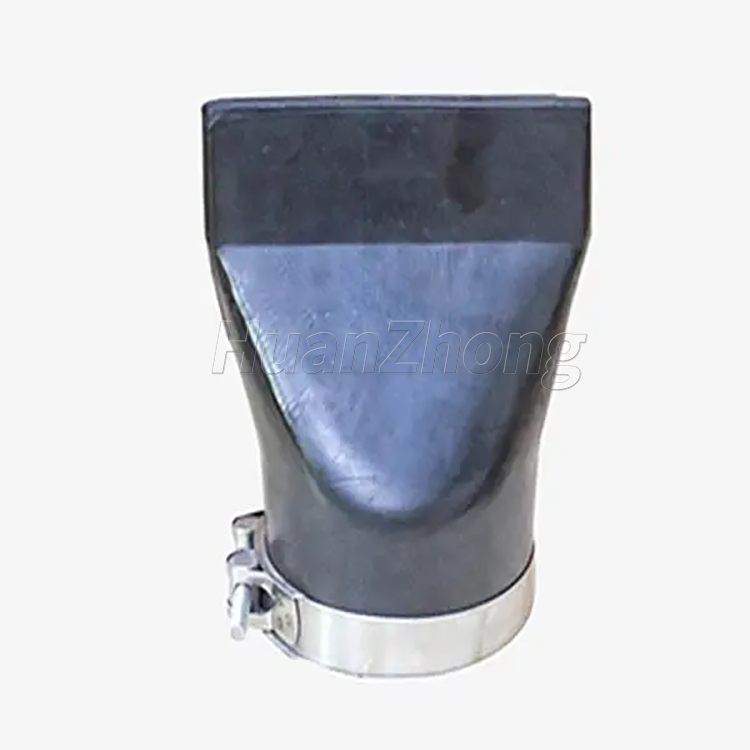Duckbill valves are unique, one-piece, elastomeric components that act as backflow prevention devices or one-way valves or
check valves. They have elastomeric lips in the shape of a duckbill which prevent backflow and allow forward flow. The main
advantage of duckbill valves over other types of one-way valves is that duckbill valves are self contained i.e. the
critical sealing function is an integral part of the one piece elastomeric component as opposed to valves where a sealing
element has to engage with a smooth seat surface to form a seal. Therefore duckbill valves are easily incorporated and
assembled into a wide variety of devices without the hassle or problems associated with the surface finish quality of
mating seats and/or complex assembly processes.
Other not less important features include:
Position independent,
Low opening pressure- immediate free flow,
Non-tortuous flow path,
High flow rate vs. package size,
Virtually no internal volume and dead space,
Particle compliant,
Corrosion resistant,
Wear resistant and
last but not least very cost effective.
Minivalve Duckbill valves are available in various elastomeric material, including medical and food-grade silicone and
hydrocarbon-resistant fluorosilicone rubber to handle a broad range of media and temperatures.
Duckbill valves have been around for many years. Their versatile features have made them first choice in a broad number of
applications:
